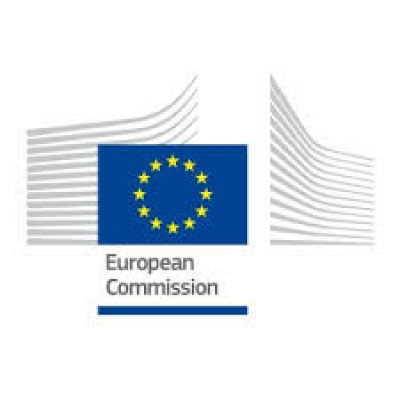Print

Aerodynamically Controlled Thrust ORientation for enhanced manoeuvrability in counter UAS and future advanced defence applications (ACTOR)
Details
Locations:France, Germany, Spain
Start Date:Dec 1, 2024
End Date:May 31, 2028
Contract value: EUR 3,989,626
Sectors: Air & Aviation, Information & Communication Technology, Security
Categories:Grants
Funding Agencies:
Date posted:Jun 27, 2025
Description
Programme(s): European Defence Fund (EDF)
Topic(s): EDF-2023-LS-RA-DIS-NT
Type of action: EDF Lump Sum Grants
Project ID: 101168008
Objective: A technological innovation known as thrust vectoring (TV) has emerged first for rockets in 1930s and then for combat aircrafts. Unlike conventional control surfaces, TV dynamically manipulates the direction of engine exhaust gases, increasing maneuverability, stability, and control authority for various aerospace applications, playing a crucial role in a defence context. The replacement of conventional aerodynamic control surfaces brings enormous advantages such as low-observability, reduction of aircraft mass and zerolift drag. When using TV, modern fighter jets rely on Mechanical Vectoring (MV) by changing the geometry of the nozzle, but MV comes with severe disadvantages: complexity, extra weight and maintenance, increased radar cross section... ACTOR will investigate a promising solution: the Fluidic Thrust Vectoring (FTV) which is a method of controlling the direction of thrust in aircraft and rocket engines using fluid dynamics principles rather than mechanical means. FTV retains the advantages of MTV without the need of the complex hardware of the variable geometry devices. The FTV technology does not significantly increase the aircraft weight, and exhaust system integration into the vehicle is simple. But despite these advantages, FTV is a low TRL technology, leading to some limitations, uncertainties and challenges reducing the potential for its applications in a defence context. The ACTOR project gathers 6 partners from 3 EU countries to tackle these challenges by increasing the knowledge about FTV concepts in subsonic regime, down select the ones that have the higher potential in terms of applications, tests them in wind tunnel facilities and by CFD simulations, and make one step towards concrete applications, focusing on a CounterUnmanned Aircraft Systems application, and first test on a turbojet engine bench. The workplan, covering 42 months, is structured such as each of the work packages encompasses one type of activity with clear milestones.

